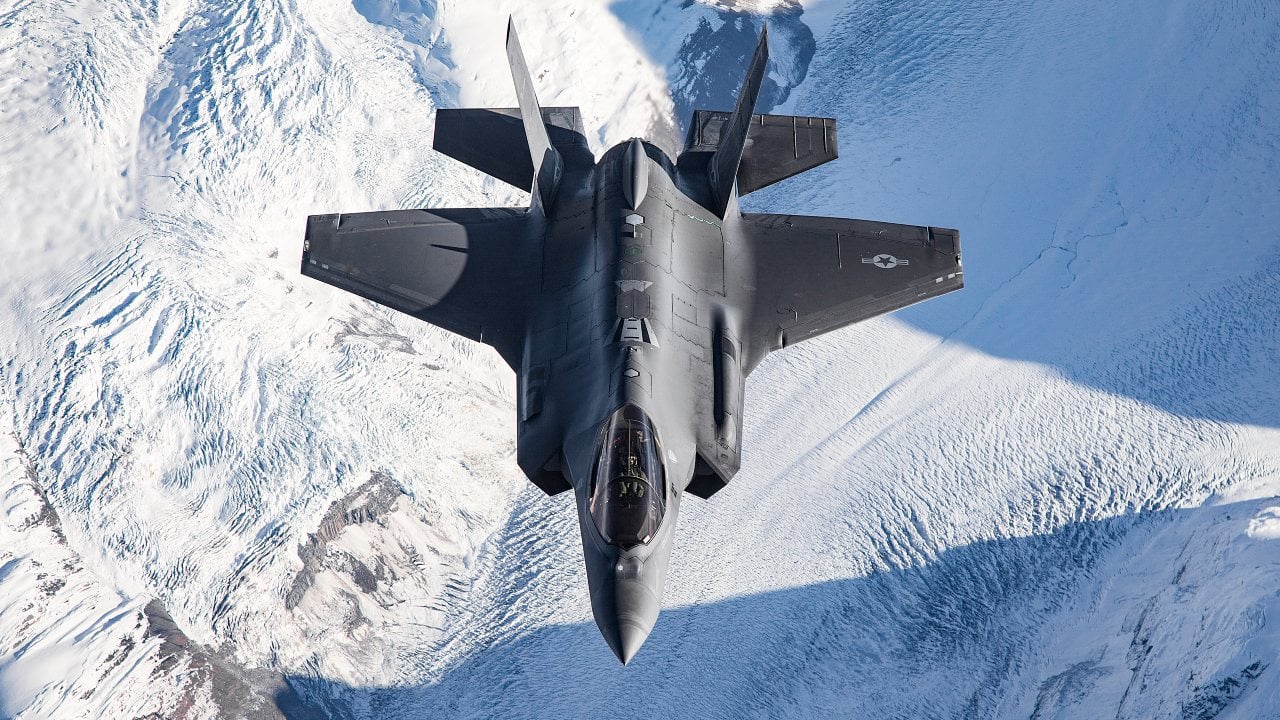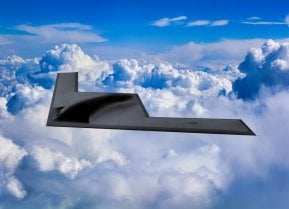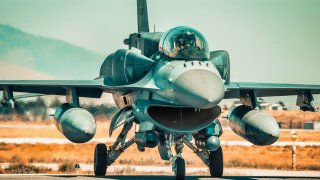Stop Saying An F-16 Can Defeat the F-35 Stealth Fighter
In 2015, the aviation world and the U.S. defense industry were shocked when an old F-16 shot down in mock combat a brand new F-35. The problem was all the context was lost.
A few years back, there was talk of an F-16 fighter killing an F-35 in a mock fight. The details were lost in the headlines - In 2015, the aviation world and the U.S. defense industry were shocked when an old F-16 fighter shot down in mock combat a brand new F-35.
At a time when the F-35 was bringing up problem after problem, the results of the dogfight alarmed the Pentagon.
Did the F-35 Really Get Beaten?
The U.S. Air Force pitted a two-seat F-16D 4th generation fighter against an F-35A.
The dogfight was part of operational testing for the F-35A’s High Angles of Attack—the angle between where the aircraft is pointing at and where it is going—capabilities.
The two aircraft would get down and dirty and try to shoot the other out of the sky while trying to defend themselves.
The older plane was flying with two fuel tanks under its wings—a very unusual configuration as it is a standard operating procedure to drop an aircraft’s fuel tanks in a dogfighting scenario—while the F-35 was flying completely “clean,” with no external fuel tanks or any munitions on board. On paper, that should have given the F-35 an added advantage.
The Air Force report stated that the evaluation focused on the overall effectiveness of the F-35 while “performing various specified maneuvers in a dynamic environment,” including offensive, defensive, and neutral setups at various altitudes, ranging from 10,000 to 30,000 feet.
The testers concluded that the F-35A was at a distinct disadvantage in a turning fight and that F-35 pilots should avoid getting into one with a more agile aircraft. Further, the report found that although the F-35A was capable in High Angles of Attack flights, it couldn’t kill an opponent or survive an attack because it stalled. In addition, the stealth fighter was too sluggish to respond effectively to the neck-breaking maneuvers of its older opponent.
An Unfair Dogfight?
However, the now what looks like sensational reports at the time didn’t really do justice to the F-35 nor depict the circumstances surrounding the dogfight accurately, as recent reporting by prominent defense journalist Kris Osborn points out.
To begin with, the F-35 aircraft that was involved wasn’t a combat-ready jet but rather an aircraft designed to test flight qualities, in other words, to push the platform to its flight limits. As a flight test aircraft, that F-35 didn’t have all the tech that is found in operational F-35 today.
One key piece of tech that was missing was the software enabling an F-35 pilot to look at a target, lock him, and launch a missile at him by just pointing the helmet regardless of which direction the aircraft is flying.
A second reason why the results weren’t accurate is the timeframe. In 2015, the F-35 was still a brand new aircraft undergoing testing. As a result, the Air Force, Marine, and Navy F-35 communities hadn’t had the time to develop tactics, techniques, and procedures for basic flight maneuvers, or dogfighting.

Finally, the scenario is one that an F-35 won’t find itself into—or at least if it does, something would have gone wrong. As a 5th generation stealth fighter, the F-35 is pretty much invisible to ground and air radar, allowing to engage targets from very long ranges without them even knowing that the F-35 is there.
To be sure, the dogfight might not have been representative of the F-35s actual dogfighting capabilities, but with an overall cost of an astounding $1.7 trillion for the program, the F-35 has certainly much to achieve to justify the money spent on it.
About the Author
Stavros Atlamazoglou is a defense journalist specializing in special operations, a Hellenic Army veteran (national service with the 575th Marine Battalion and Army HQ), and a Johns Hopkins University graduate.


